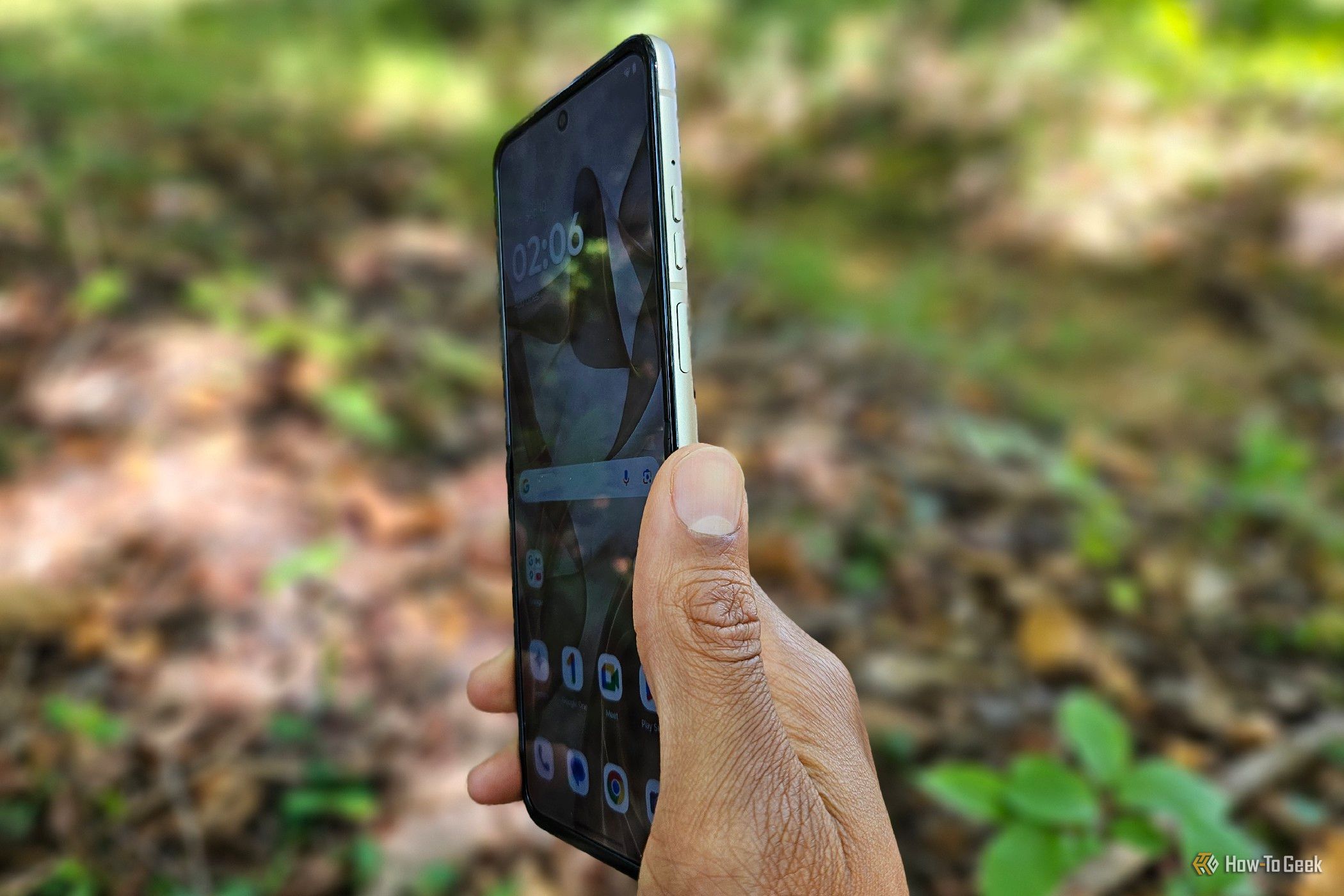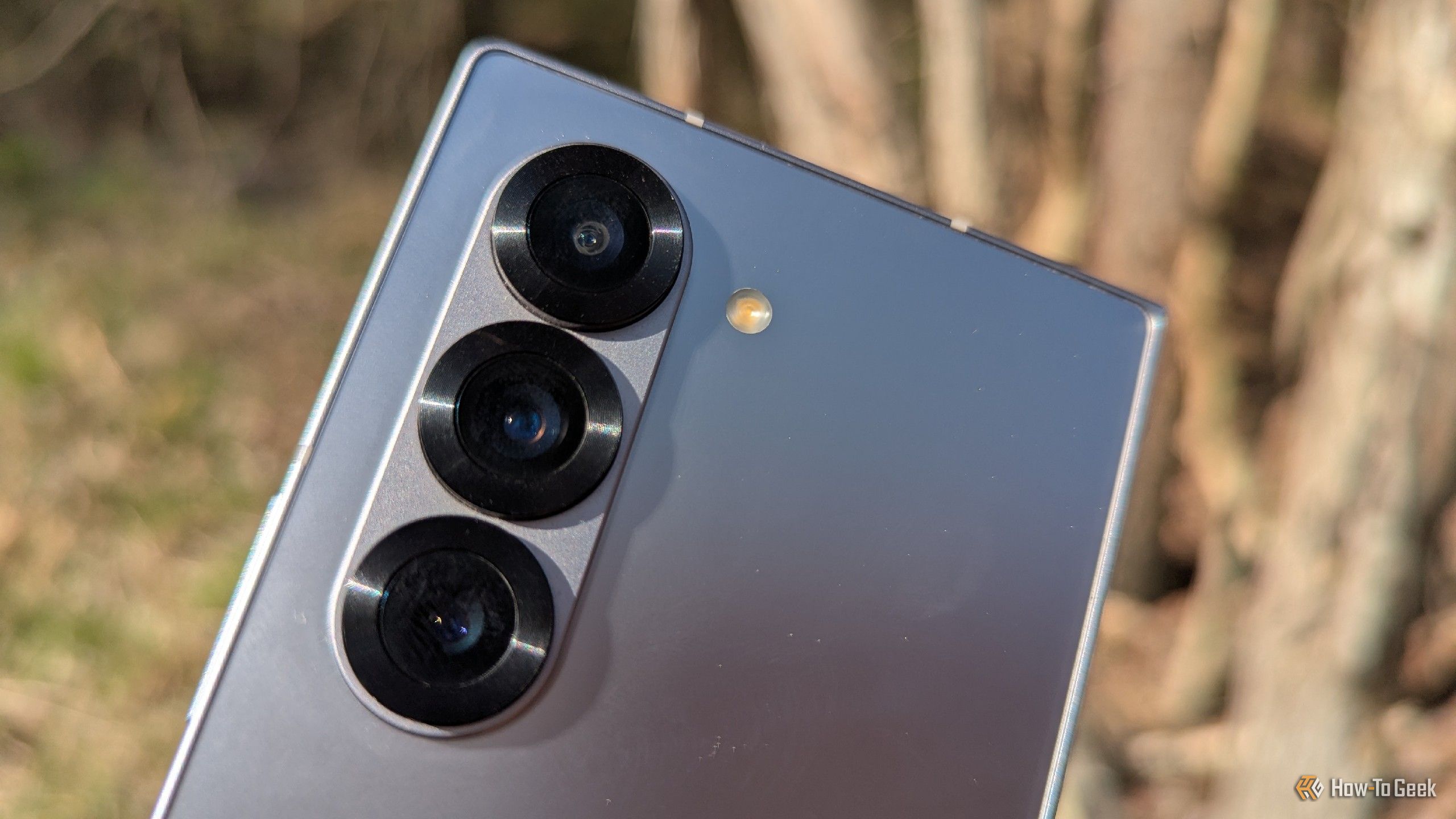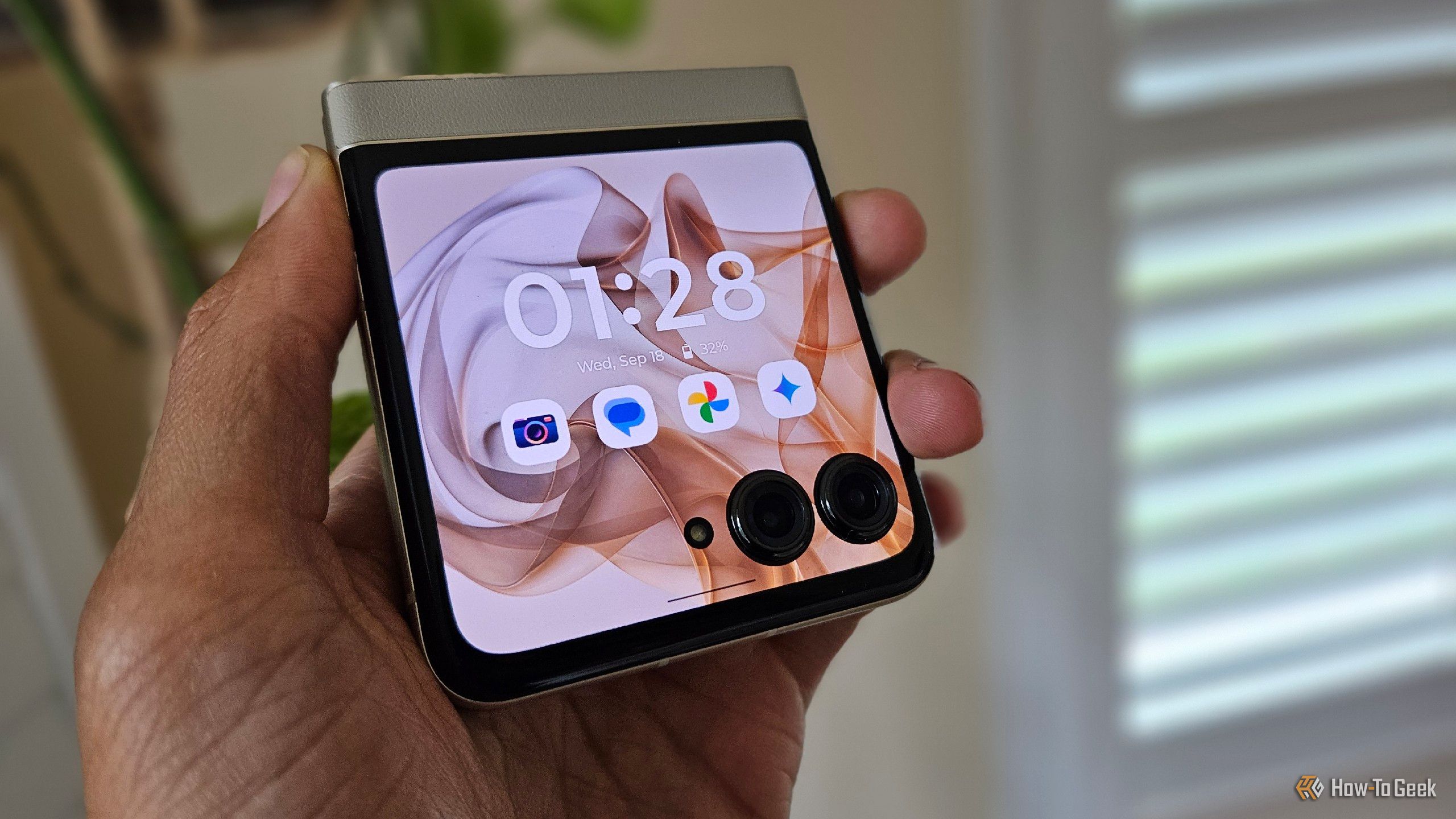I love foldables. After taking a break from smartphones, foldables caught my eye and led me back in. But there are downsides—some I reflected on, and some I didn’t!
I’ve gotten my hands on most foldables to hit the market in the US. Here’s what I’ve learned as someone who has reviewed a few foldables and is writing these words on my own personal one.
6
Unconventional Aspect Ratios
The first foldable I owned was the Samsung Galaxy Z Fold 5. The first I reviewed was the 2024 Moto Razr+. In both cases, I found that the screen resolutions were not quite the same as what you have in traditional phones.
-
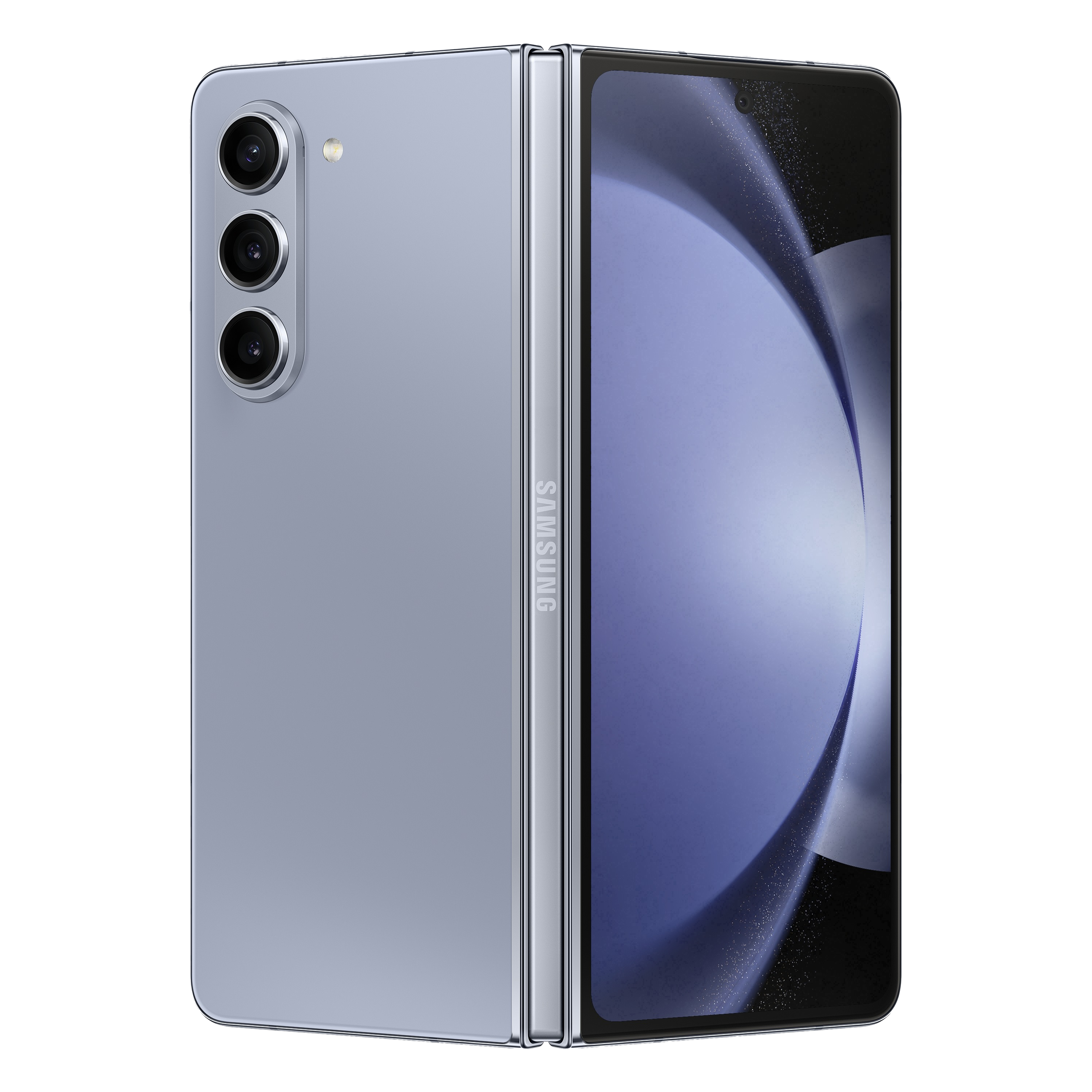
Samsung Galaxy Z Fold 5
The Galaxy Z Fold 5 is Samsung’s best foldable for 2023, packing a speedy Snapdragon 8 Gen 2 ‘for Galaxy’ chip, 12GB RAM, and superfast UFS 4.0 storage. The new Flex Hinge enables the phone to close fully flat, though the Fold 5 falls short in other aspects.
-
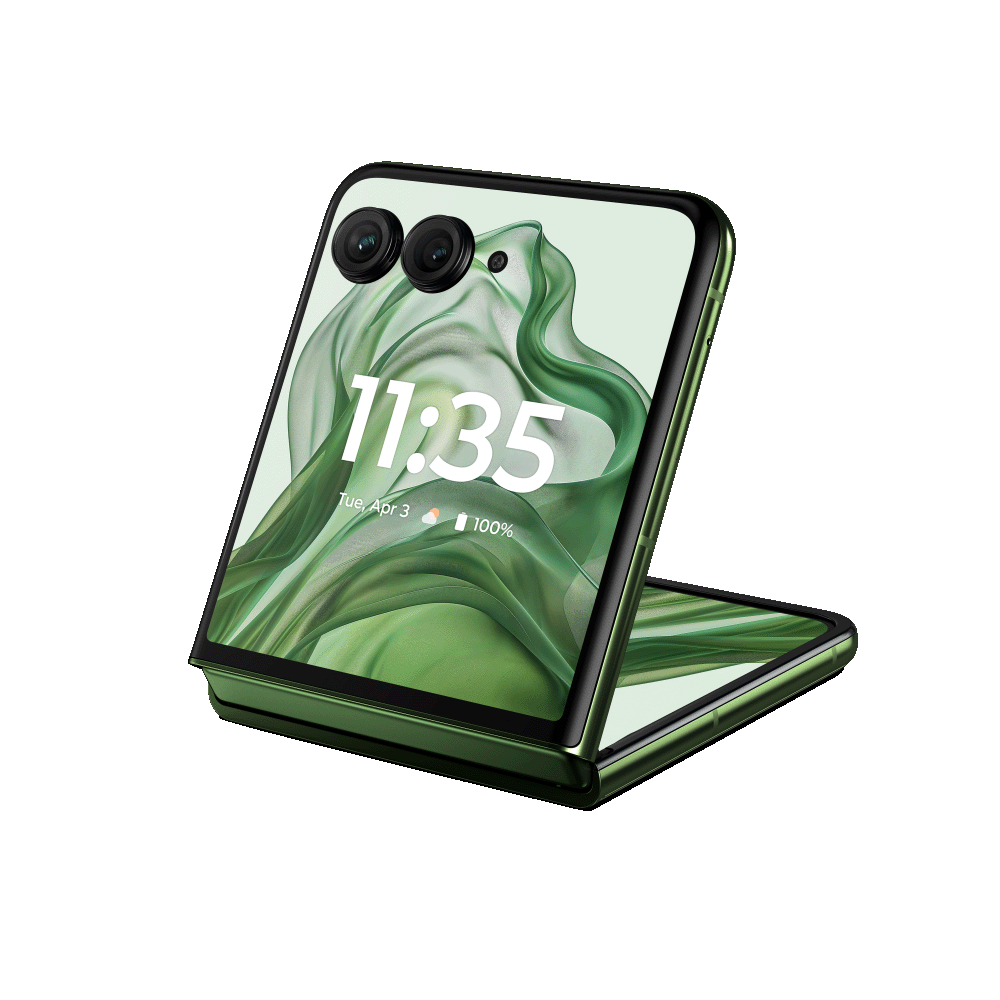
Motorola Razr+ (2024)
The Motorola Razr+ powered gives you new ways to interact, capture, and create. Featuring the largest, most intelligent external display of any flip phone, you can do it all without flipping the phone open.
The Z Fold is tall and narrow on the outside, but tall and wide on the inside. The Razr is almost square-shaped on the outside and slender on the inside. In both cases, apps usually adjust just fine, but games and video don’t quite fit. You can expect letterboxing and pillarboxing when enjoying either type of media.
5
Flip Foldables Are Awkwardly Tall
The promise of flip-foldables is that these clamshell devices unfolds into regular smartphones. That’s not quite true. They’re close, but they’re a bit too tall.
I have long fingers, yet I found the Razr tall enough that I had to shimmy my hand to swipe down notifications. Plus, the placement of the hinge right in the middle means the volume buttons also need to go higher than expected.
Personally, tall slender screens isn’t a form-factor I particularly like and part of what I find off-putting about most smartphones. A flip-foldable feels even less pleasant to use in this regard. On the flip side, if you’re buying a flip in order to close the device and use the phone less, this may assist with that endeavor.
4
Cameras Don’t Match Flagships
Book-style foldables are the most expensive phones on the market today, at least until tri-fold phones become more readily available—and only if you buy them at MSRP. I didn’t, since foldables aren’t as pricey as you might think on the second hand market. I was able to get both a Z Fold 5 and, later, a Z Fold 6 each for around the price of an iPhone Pro. Both were in pristine condition.
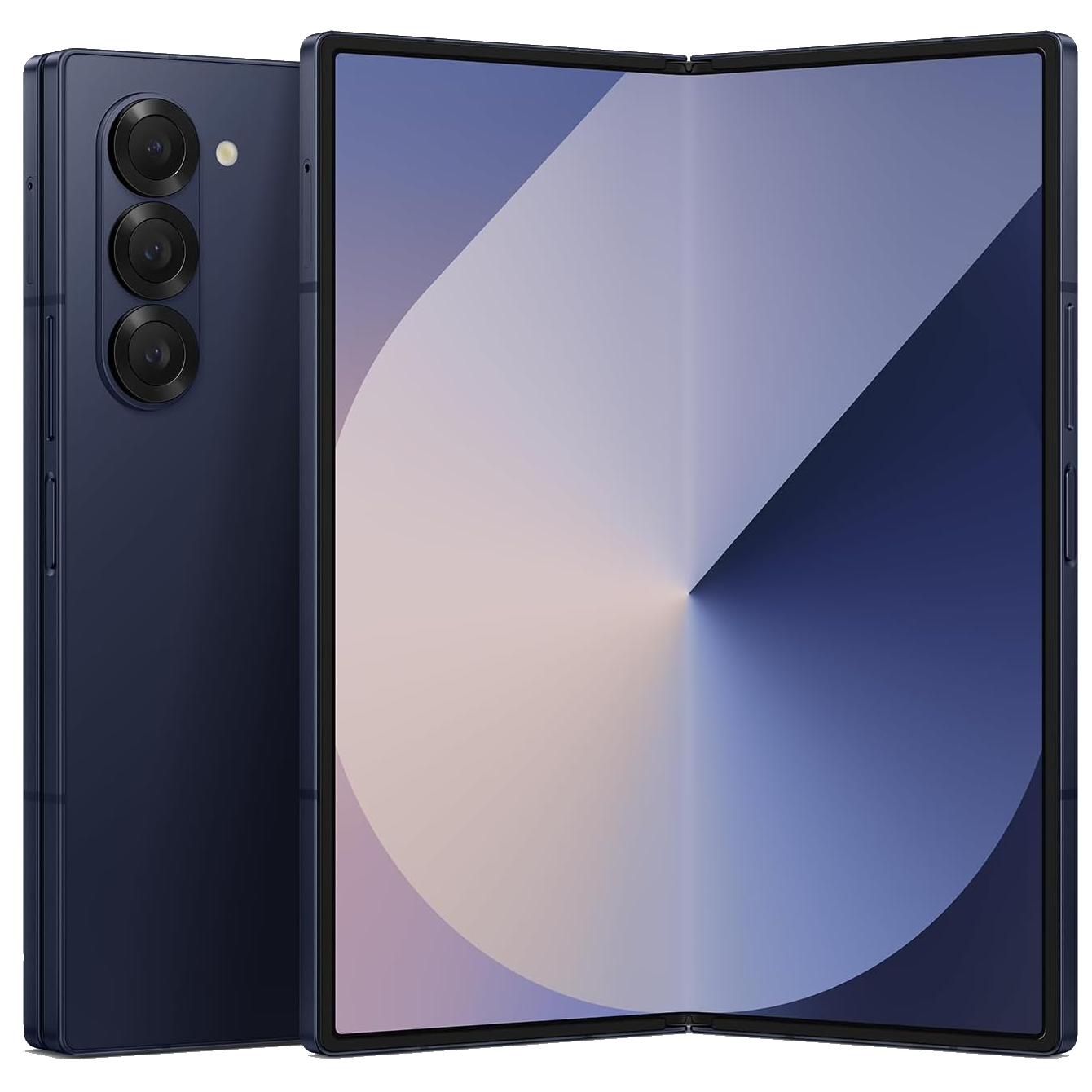
Samsung Galaxy Z Fold 6
The Samsung Galaxy Z Fold 6 is a foldable smartphone that combines the functionality of a tablet with the convenience of a phone. It features a large, flexible internal screen that automatically picks up where you left off on the cover display.
Yet for your money, you walk away with camera hardware that isn’t quite as good as non-folding phones. The camera in my Z Fold 6 is more on part with the Galaxy S25 than the Galaxy S25 Ultra. That’s not to say it’s a bad camera. Far from it, and foldables add to the camera experience in ways that outweigh the downsides for me. But I would still like to have the S25 Ultra’s telephoto lens and higher resolution ultrawide.
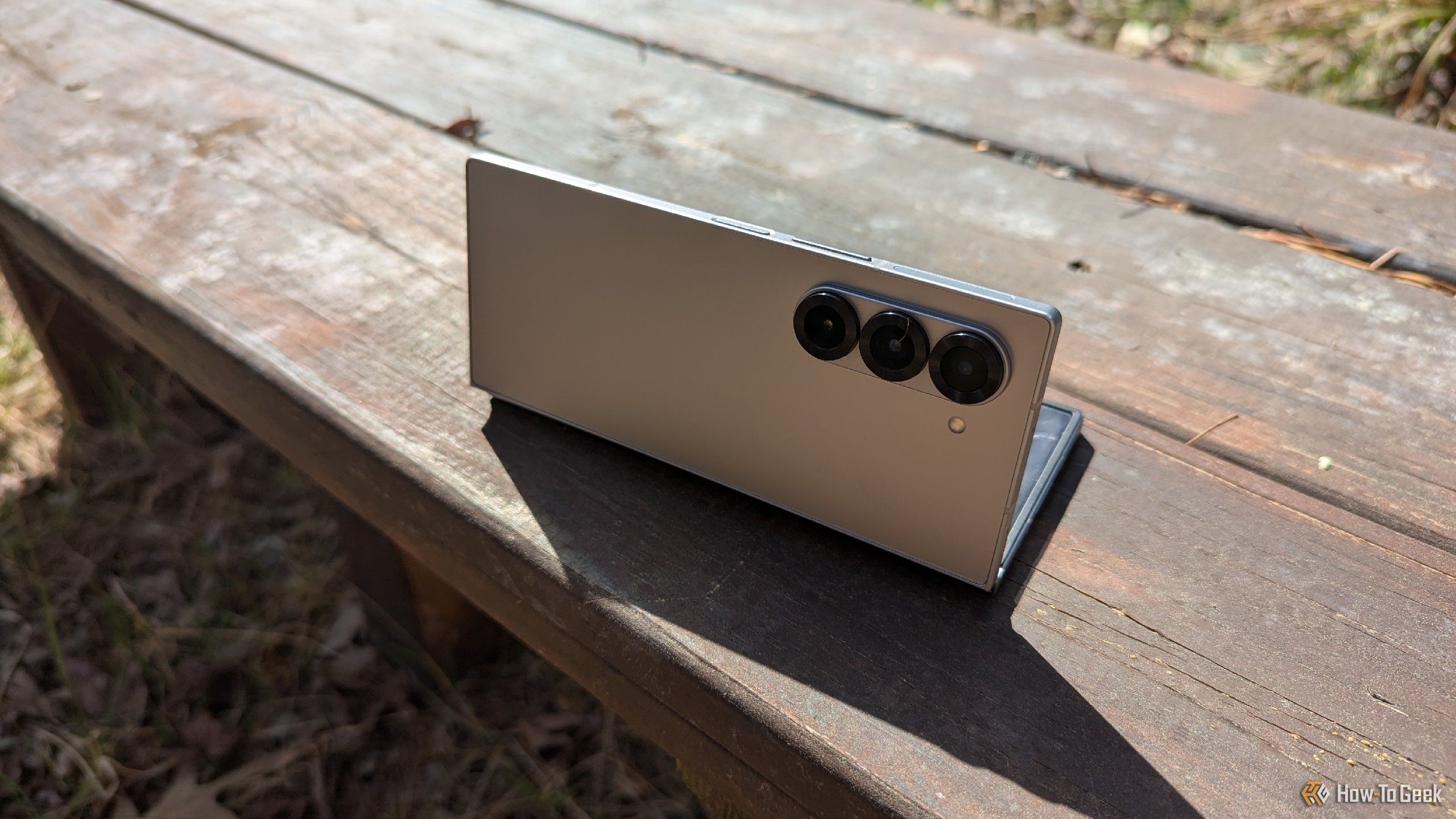
Related
4 Ways a Foldable Phone Changes Your Camera Game
Foldables may not have the best camera hardware, but they’re the most fun camera phones.
3
Flips Aren’t As Compact As You’d Expect
A flip phone is a regular (or close enough) phone when you want one but a small phone the rest of the time. Thing is, they don’t get quite as small as you might assume.
I’ve found that in my pockets, the width of a phone actually had more of an impact than the height or depth. This is why I consider the Z Fold quite pocket- friendly, since it’s both more narrow and slightly shorter than most phones, while being only a few millimeters thicker.
Flips like the Razr and the Galaxy Z Flip both shrink to half their vertical size, but they remain as wide as they are when open. The result is an awkward, thick square. Will it fit better in a purse? I wouldn’t doubt it, but it’s not much less of a bulge in my pants pocket.
2
Bigger Phone, Smaller Battery
I love having access to a7.6- inch screen at all times. It’s a treat that makes bigger phones like the Galaxy S25 Ultra and the iPhone Pro Max still feel cramped by comparison. Yet the cameras aren’t the only physical component that takes a hit in order to achieve the necessary level of thinness.
Despite having a bigger screen, foldables tend to have smaller batteries. That’s because either half of the device is actually thinner and smaller than a conventional phone. My Z Fold 6 is powering its 7.6- inch screen with a 4400mAh battery. Meanwhile, the Galaxy S25 Ultra is powering its smaller 6.9-inch screen with a larger 5000mAh battery.
Is the shorter battery life a dealbreaker? Not for me. But that doesn’t change that it’s shorter nonetheless.
1
A Lower IP Rating
Many people are hesitant to buy a foldable because they fear the phone is fragile. Personally, I’ve been surprised by how durable my Z Fold phones have been. Each has taken drops and walked away with fewer scuffs than the Xperia, Asus, and Motorola phones I most recently owned before them. Samsung is in its sixth generation of foldables—it knows how to make them and it shows.
Yet it’s a fact that foldables come with a lower IP rating. Again, sticking with my own device, my Z Fold 6 has an IP48 rating compared to the IP68 rating of the Galaxy S phones. This means my handset is less resistant to dust and small particles. The same story is true regardless of whether you buy the Pixel 9 Pro Fold or the OnePlus Open.
-
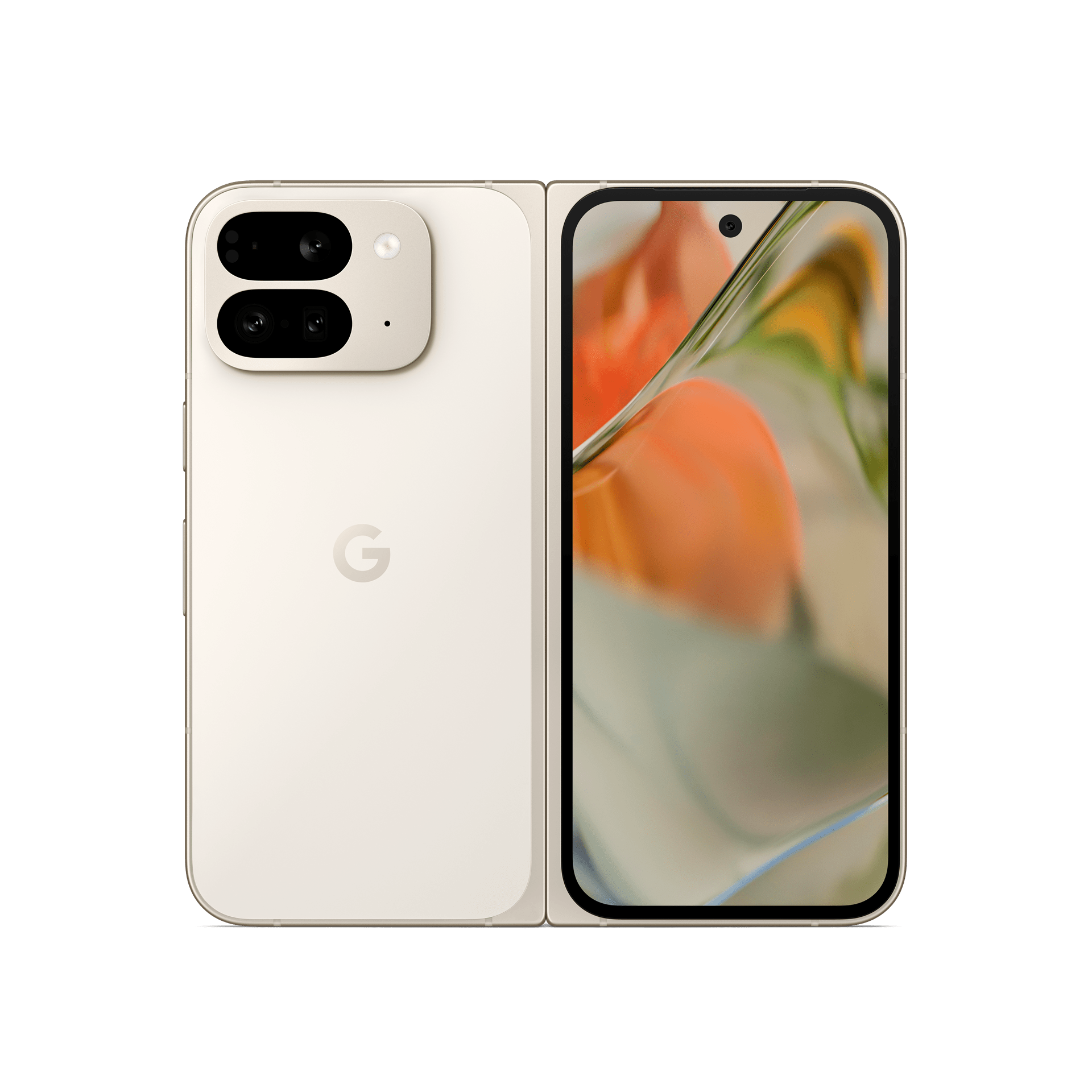
Google Pixel 9 Pro Fold
The Google Pixel 9 Pro Fold is powered by the Tensor G4 processor, offers 16 GB of RAM, and comes with advanced AI capabilities, making it a powerful and efficient device for creativity and productivity.
-
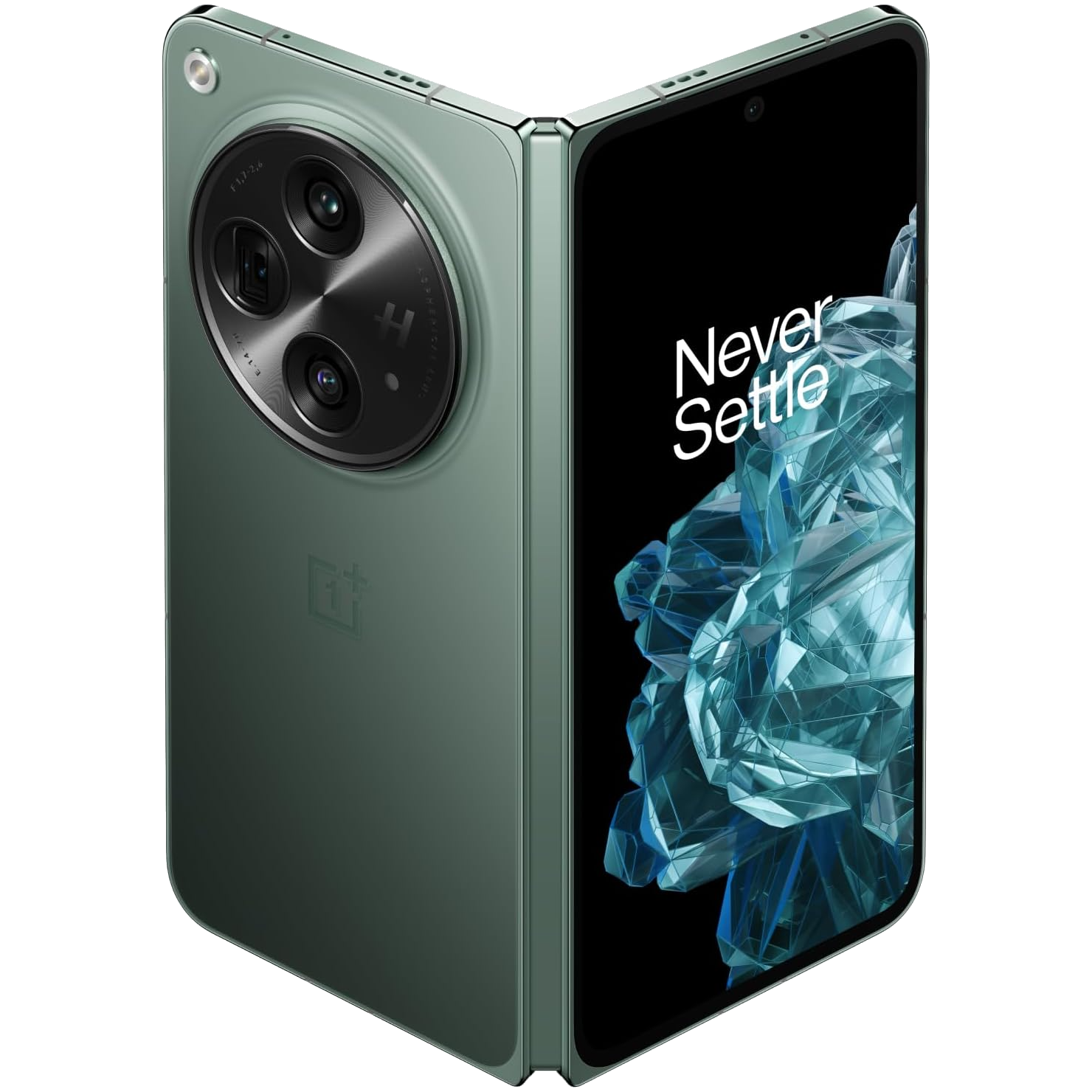
OnePlus Open
The OnePlus Open is a tablet-like foldable phone. It features a phone-sized outside display and nearly square inside display, along with a massive camera array on the back.
I don’t regret buying my foldable for a moment. My wife now uses my previous Z Fold 5, slapping it in a case and babying it no more than their prior Pixels. While for them, it remains primarily just a phone, mine has taken over my digital life, completely replacing my PC and freeing me from the confines of a desk.


